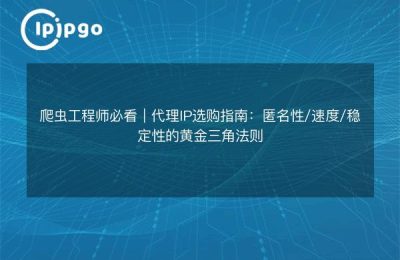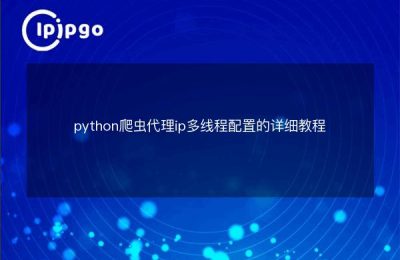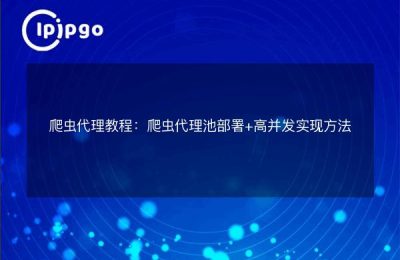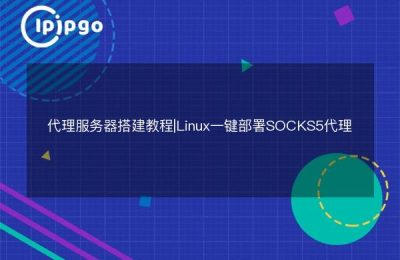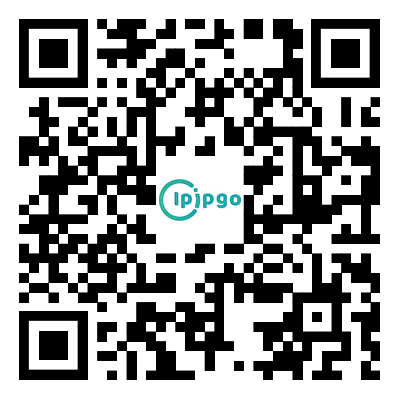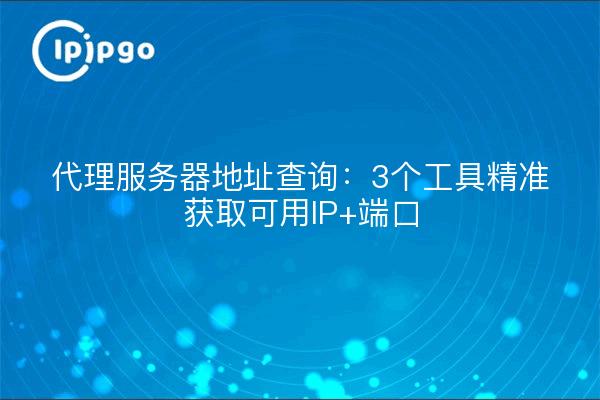
Teach you to find a proxy IP: 3 reliable tools to test
When encountering the need for batch operation or special needs, it is time-consuming and laborious to find proxy IPs manually. As a ten-year veteran, the actual test of these three types of tools used in combination with the most efficient, with theipipgos global repository, you can set up a stable agent environment in five minutes.
Tool 1: API Interface Direct
Many tech parties like to use APIs to pull IP pools directly. Takeipipgoof the API as an example of a three-step process to complete the deployment:
1. Generate a proprietary key in the console (be careful not to leak it)
2. Set request parameters (country/city, protocol type, IP survival time)
3. Use a script to get a list of returned IP:ports at regular intervals
The actual test of their API response speed control within 300ms, especially suitable for those who need toReal-time IP switchingThe crawler project. The return of the encrypted data format support JSON and TXT two , novice recommended to choose TXT directly copy and paste .
Tool 2: Online Extractor Hands-on
For those who are not good at coding, look here, the official website of theOnline GeneratorFriendlier:
- Login to ipipgo and select "Instant IP Generation".
- Map point-and-click target area (supports zooming to street level)
- Check the protocol type (HTTP/HTTPS/SOCKS5 all supported)
- Click the Generate button to get 10 sets of IP:Port
Here's the kicker.Survival time screeningI'd like to choose 30 minutes dynamic IP for normal tasks, and check "Static Residential" if I need a fixed address. When I did data collection last week, I used their static IP for 12 hours without dropping.
Tool 3: Client Smart Rotation
Recommended downloads for multi-threaded operationsipipgo client::
- Automatic maintenance of IP pools (automatic rejection of failures)
- Setting the switching frequency (by times/by time)
- Real-time traffic monitoring (to prevent overuse)
Personally hang 50 threads at the same time to do the test, the client comes with load balancing will spread the request to the nodes in different countries. When the IP is blocked, it will immediately trigger the alternate program, saving 80% time compared to manually changing the IP.
Frequently Asked Questions QA
Q: What should I do if the acquired IP suddenly fails?
A: It is recommended to turn on ipipgo'sAutomatic replenishment modeThe system will automatically replenish new resources before existing IPs fail, and the measured outage rate can be controlled below 1%.
Q: How do I verify if the proxy IP really works?
A: First, use the curl command to test connectivity, and then check the website through the online IP to see if the geographic location matches. Be careful not to use websites involving sensitive information for verification.
Q: How should I choose between different protocols?
A: HTTP/HTTPS for general web access, and SOCKS5 for UDP transmission. ipipgo supports one-click switching of all protocols without repeated configuration.
the right tool saves effort and leads better results
Test these three ways have their own advantages and disadvantages: API is suitable for technical flow, online tools are convenient and fast, and the client is the most hassle-free. According to their own needs to mix and match the use of the best results. The key is to choose a tool likeipipgoThis kind of service provider that covers 90 million + residential IPs is the only one that can guarantee IP quality and stability. Next time you have a proxy need, you might want to spend five minutes trying out their toolchain first, it's much more reliable than looking around for free IPs.


